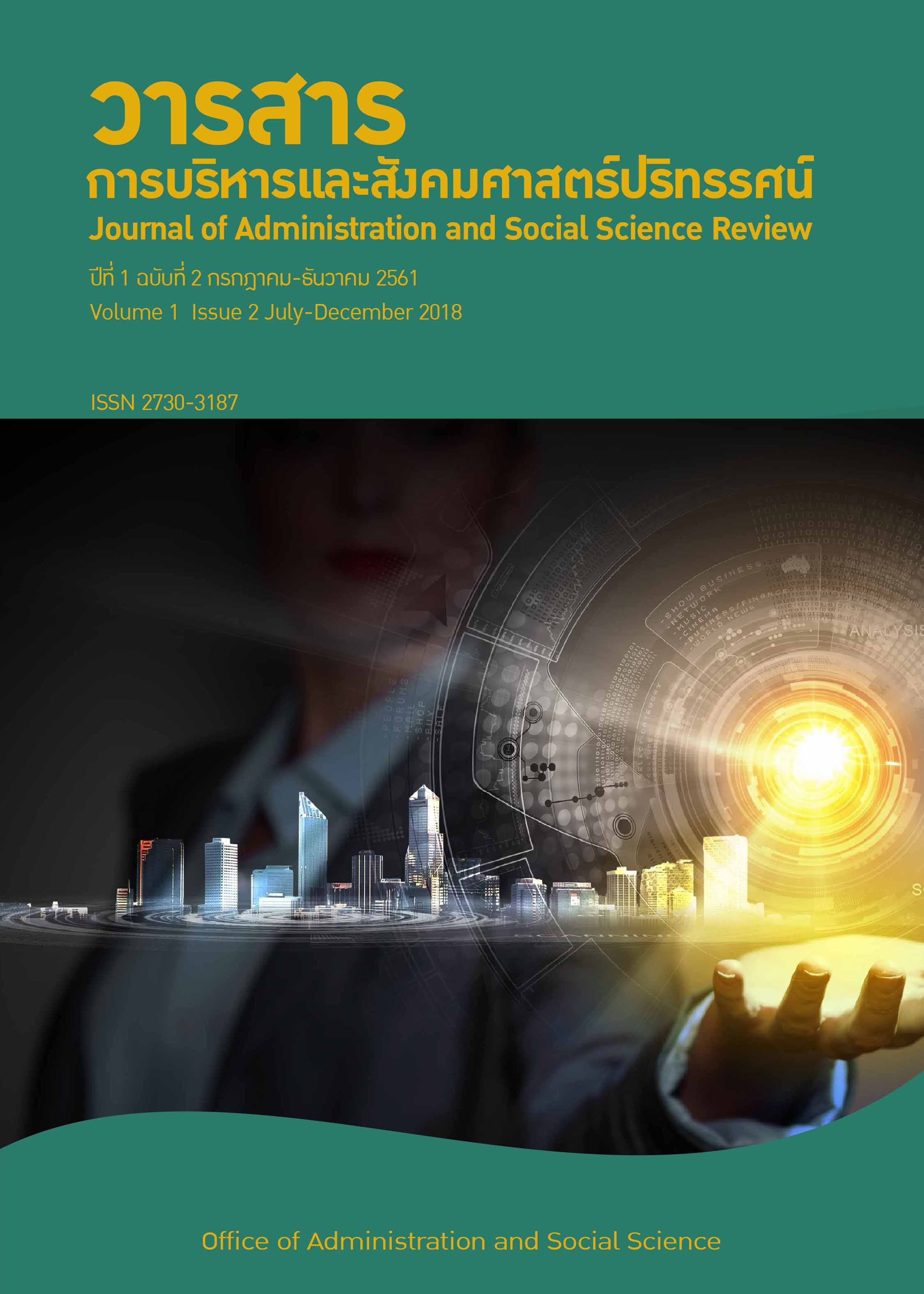The Role of Elderly Services in Accordance With Anghahavatthu of Wangkapei Municipal District, Muang District, Uttaradit Province
Abstract
The research has the following objectives: 1) to study the role of ager welfare in accordance with Sanghahavatthu of Wangkapei Municipal District, Muang District, Uttaradit Province, 2) to study the effected aspects of the role of ager welfare in accordance with Sanghahavatthu of Wangkapei Municipal District
3). Compare the role of ager welfare in accordance with Sanghahavatthu of Wangkapei Municipal District and Classified by personal factors, and (4) to study the guideline for developing role of ager welfare in accordance with Sanghahavatthu of Wangkapei Municipal District, Muang District, Uttaradit Province.
This research was conducted by mixed methods research as quantitative and qualitative research. Quantitative research collected data from questionnaires. The numbers of 329 people were samples of population. Data were analyzed by statistics including frequency, percentage, mean, and standard deviation to describe personal characteristics. Hypothesis testing was conducted by using t-test and F-test analysis, One-Way Analysis of Variance (ANOVA). A pair of means was compared by using Least Significant difference (LSD) and Pearson’s Correlation. For qualitative research, data were collected from 7 key informants. These key informants were purposively selected from the experts with qualification in accordance with the essence of research. Data collection instruments included structured in depth interview. Data were analyzed by descriptive interpretation.
The research found that :
1) Overall the sample’s opinion towards role of ager welfare in accordance with Sanghahavatthu of Wangkapei Municipal District, Muang District, Uttaradit Province was rated at high rate level considering each aspect, it was found that an aspect with highest mean score was Dana aspect, follow by Samanattata aspect, Atthacariya aspect, Piyavaca aspect, respectively.
2) The ager opinions toward the effected aspects of the role of ager welfare in accordance with Sanghahavatthu of Wangkapei Municipal District were the overall high level. By considering in the aspects, there were social security, family care and protection, recreation, resident, health care, income, and servicing and supporting, respectively.
3) The comparison of individual factors such as gender, age, education, occupation and income with the role of ager welfare of Wangkapei Municipal District were not different the opinion. These were not accepted the hypothesis.
4) The guideline for developing role of ager welfare in accordance with Sanghahavatthu of Wangkapei Municipal District, Muang District, Uttaradit Province were be as the following; social security, family care and protection aspect should be care center, income aspect should be social welfare and fund for ager, resident aspect should be resident and healthcare center for weak ager, recreation aspect should be mass and activity center for exchanging their experience, health care aspect should be welfare center for increasing the ager’s income ,and servicing and supporting aspect should be care center to look up the agers in community.


